Oracle Primavera Cloud – Wrap-up after 3 years of use



We give a general overview of what the tool is capable to show how you can reach project controls excellence.
In the last three years, we’ve been engaged in a number of early-adopter Oracle Primavera Cloud (OPC) implementations since we first had a glimpse of what OPC was back then. Because of our close partnership with Oracle, our lessons learned from these implementations have brought a lot of realizations to the tool’s development up until today. OPC has taken shape of a versatile and comprehensive project controls tool. As it is our mission to change the way projects are managed such that projects can create more value for all parties involved, we believe our clients benefit from managing projects in a more integrated way through Primavera Cloud. In this blog post, a general overview of what the tool is capable is given to show how you can reach project controls excellence.

What is Oracle Primavera Cloud?
OPC is a project controls tool that integrates most of the knowledge areas within project management and devoted an application for each of these areas. It can be seen as the more comprehensive next generation Primavera solution.
Scope
The dedicated scope app combines the functionality of a Bill of Quantities (PBS) with the schedule (WBS). This enables timing and monitoring of scope delivery. Actual realized quantities are priced, planned and tracked. Generating Earned Value on product % complete.
Cost
Furthermore, a fully functional Cost Sheet is generated in the Cost and Funds application where cost from different cost sources are aggregated on a project and program level. Cost sources are budget items, actuals, Scope Assignments to work packages, including their ACWP, and calculated contingency reserves from the risk app.
Time
Alongside all schedule functionality of Primavera P6 like schedule comparison, schedule health checks and historical data tracking, OPC adds mayor functionalities that all our planners missed. After adding Primavera Professional and in-browser saving capabilities, we feel that OPC has gotten the max out of scheduling other tools provide. Configured fields based on formulas, the combination of classic CPM scheduling principles with the LEAN methodology. We see most construction and engineering companies adopting these LEAN principles and believe most companies can highly benefit from adopting the LEAN way of working as well.
Resources
Resource management is done on two levels, the project level for high level resource demand estimation and the activity assignment level as we know it from P6. The resource pool is either project or department (workspace) specific. By adding resources to your project, progress updates on schedule can be provided by the assigned resource. Histograms with resource/role limits are generated for capacity planning & analysis. One development point we see is that resources don’t generate project cost. Although Oracle has worked very hard on improving the resource app’s functionality. Primavera Cloud embeds most of P6’s resource analysis functionalities.
Risk
The risk app enables integrated Monte Carlo analysis on both schedule and cost effects. As stated before, the calculated contingency reserve is redirected to the cost sheet. By doing this, continuous analysis on remaining contingency reserves is done and P-value dates are communicated to the schedule. We find this app very useful for high-level quantitative risk analysis. For more complex models with probabilistic branching and calendars, we still tend to open our good old Oracle Primavera Risk Analysis tool.
Integration
Integration with P6 cloud is seamlessly done through the open API between both tools. Out-of-the-box integration exists alongside custom integrations. Within the tool itself, most apps are integrated and have become more integrated along the development of this state-of-the-art project controls tool. We don’t see this strong development slowing down just yet.
Workflows
Using OPC’s integrated workflows app, custom company workflows can be created where all necessary actors give their input through forms to update/approve the project data in different apps.
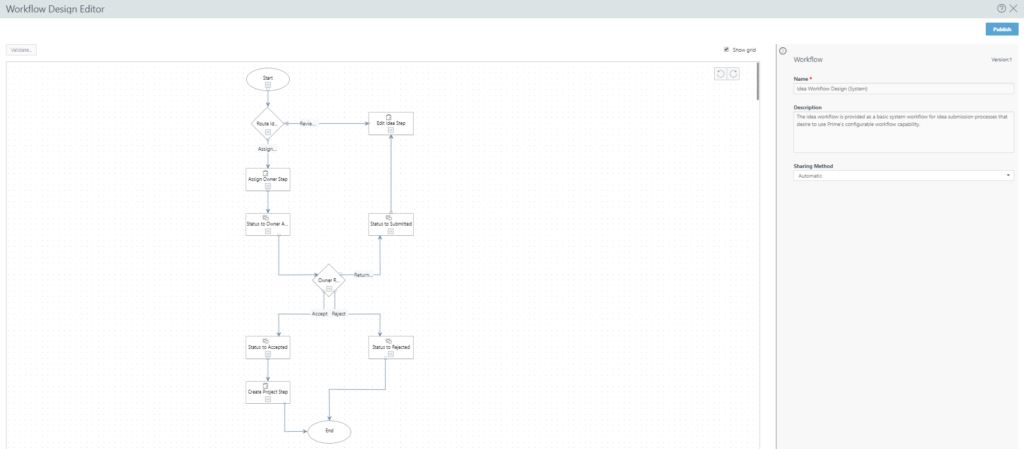
Portfolio
Through the portfolio app, multiple investment scenarios can be compared to choose the best set of projects to engage in, compliant to the company’s strategy. Portfolio budget planning, including ROI and NPV calculations are integrated to calculate the efficient frontier. Balanced scorecards can be configured to analyze a set of projects at once.
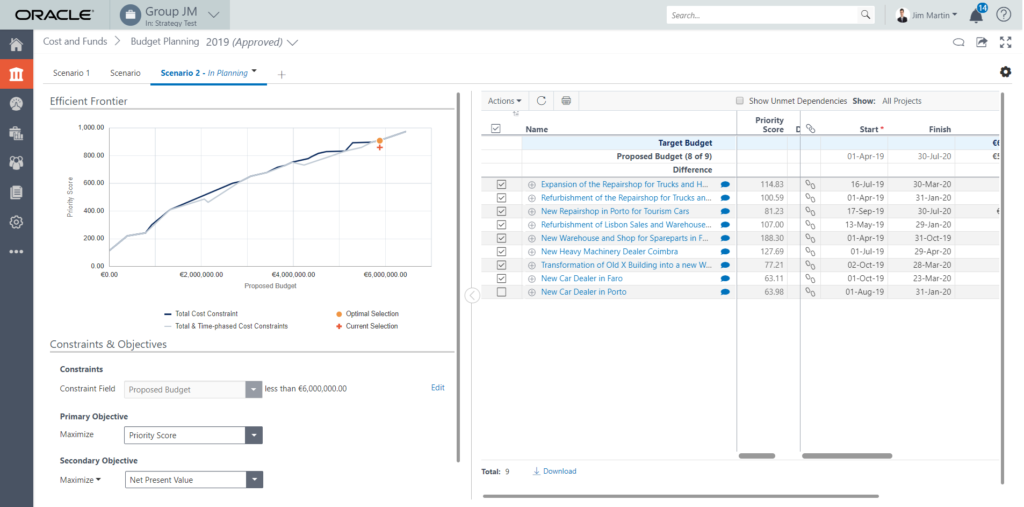
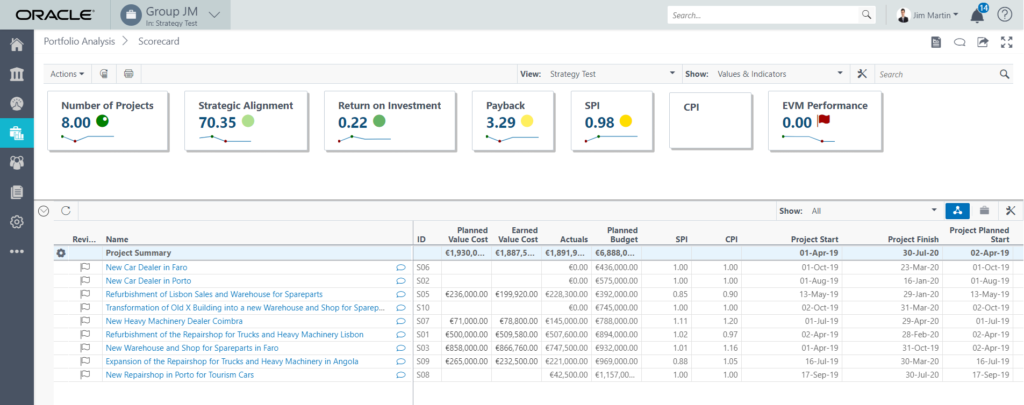
Programs
Programs are a set of projects managed together to achieve benefits for the organization. OPC offers a set of witty tools to analyze the projects within the program simultaneously. Program schedule with interface milestones and summary cost sheets. LEAN task management is embedded in the functionalities for resources working on multiple projects at the same time, an ideal setup for functional organizations. Programs also allow you to view the risk register for the program.
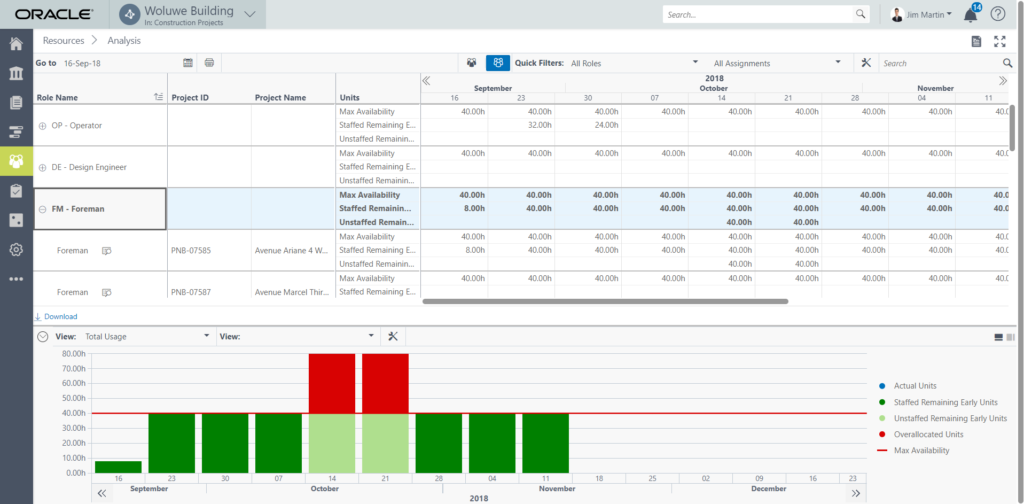
Dashboards
Custom built dashboarding based on information within the apps is available and aggregated in the dashboards app, where users can create their custom analyses.
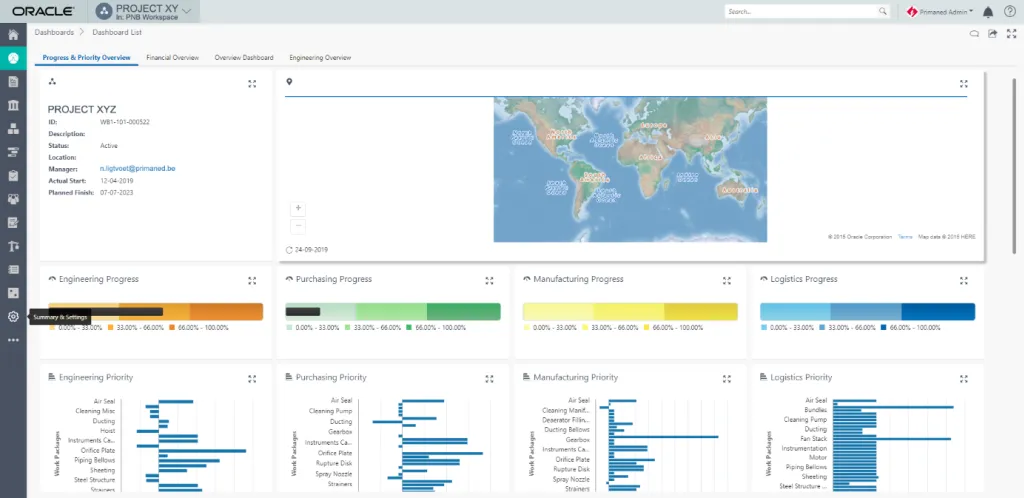
Reports
The reports app enables custom reporting with live and time-phased data from all apps and external sources. The reports can be built in a Word template to enable text-box functionality for in-depth explanation of the KPIs and graphs displayed.
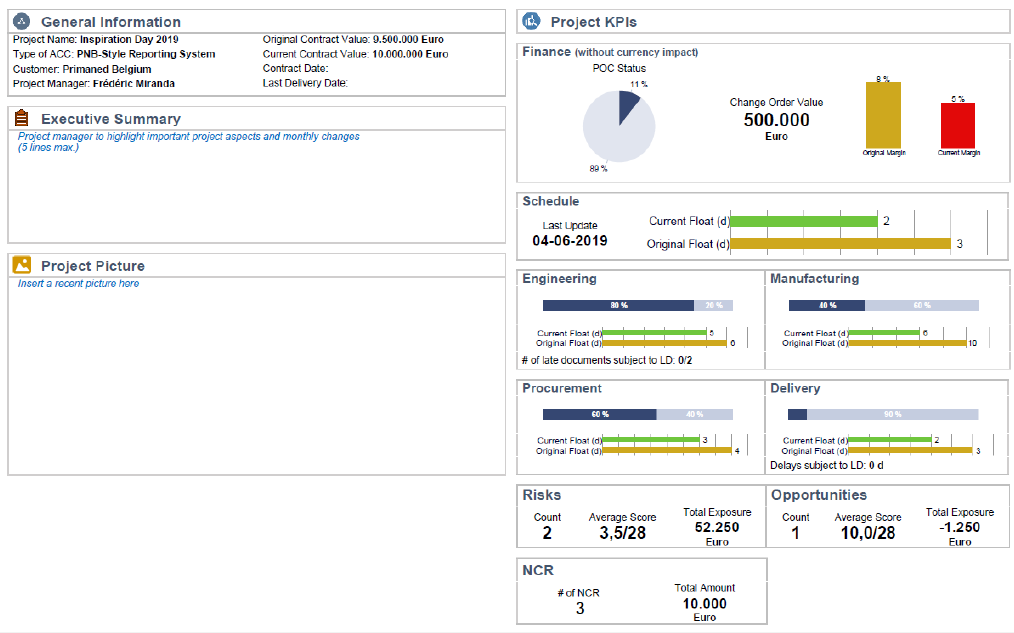
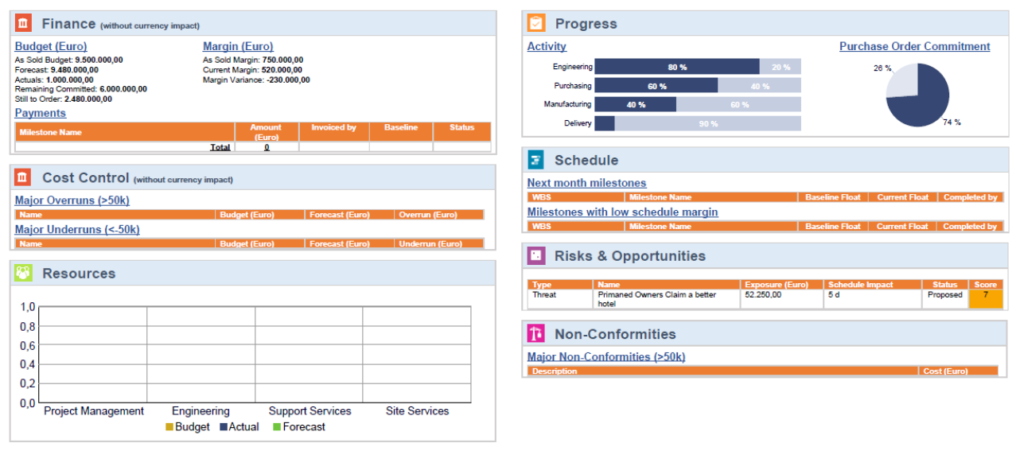
Conclusion
Oracle Primavera Cloud is a strongly developed, versatile and complete project controls solution. We’ve worked alongside our early adopting clients cross-industry to support them reaching project controls excellence. One example in specific is SPG Dry Cooling. They have received the Oracle Excellence Award 2019 for Oracle Primavera Cloud. The implementation of OPC in 6 months shortened their production times by 4-6 weeks, which was their strategical goal. Look at their Global VP Operations Dimitri de Suray explaining why they’ve chosen OPC as their go-to project controls tool.
